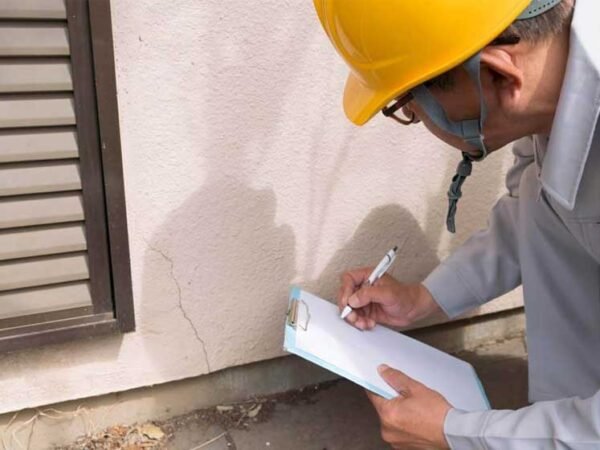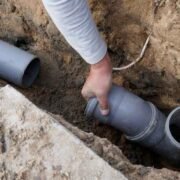Utility pole companies follow strict guidelines to maintain safety and achieve reliable installations. They utilize custom utility poles designed to meet specific requirements, including weather resistance and multiple integrations. Safe installation procedures help reduce the chances of accidents and property damage. Here are a few ways teams install poles in high-traffic areas:
Comprehensive Surveys and Planning
Every location has unique installation requirements. Coastal and industrial regions may require enhanced protection against corrosion. Dry climates also require UV protection. Pole installation typically begins with a site survey, which involves assessing the local climate, soil conditions, and electrical requirements. Aspects such as road width and pre-existing utility lines or underground systems affect pole installation. Crews must identify the locations of fiber cables and sewer or water lines to avoid damaging them during excavations. They also review soil stability and factor in pole height, load, and surrounding infrastructure.
Comprehensive surveys allow teams to schedule work during off-peak hours, reducing traffic disruptions. Installation teams also coordinate with local authorities to obtain the necessary permits and arrange for lane closures. Safety signs and detour plans are arranged before the crew arrives. This level of planning helps prevent delays, allowing workers to move efficiently from setting up to installing the utility poles. Clear coordination between all departments also improves logistics, verifying that poles, tools, and machines are ready for use as planned.
Custom Design and Fabrication
Utility pole installation teams select or customize pole designs to meet site requirements and performance standards. In high-traffic areas, poles are fabricated from galvanized or weather-resistant steel to enhance long-term durability. Hot-dip galvanization involves immersing poles in molten zinc, forming a durable coating that protects against corrosion.
Powder coatings are also applied to create smooth finishes that resist dirt accumulation and protect against UV exposure and weathering. Engineers also design the poles to withstand wind, vibration, and exposure to local pollutants. Custom fabrication and weatherproofing help reduce the need for frequent maintenance, while keeping the structure reliable throughout its lifespan.
Fabrication teams also customize poles with integrated features to suit multiple uses, such as lighting, signage, and communication systems. Crossarms and mounting brackets are integrated into the design to match project needs. Some poles also feature concealed wiring systems and smart technology components to support remote monitoring and control.
Safety Barriers and Traffic Control
Installation teams follow specific safety protocols to reduce the chances of accidents and injuries. High-traffic areas experience constant movement of both vehicles and pedestrians. To protect people, crews set up cones, reflective barriers, and caution tapes that help mark the work zone and alert drivers. Flaggers may also be deployed to control lane flow, and spotters assist in guiding heavy equipment operators during drilling and pole lifting. Workers also wear high-visibility gear and strictly adhere to safety procedures to minimize on-site risks.
Work areas are kept compact to minimize traffic congestion while maintaining safe operating distances for installation machinery. Teams also install warning boards ahead of the site to give approaching drivers sufficient reaction time. Safety barriers and traffic control, when combined with strict supervision and clear communication, enhance safety in busy environments. They also help reduce disruptions that may slow down installations and maintenance. Pole installation teams follow safety guidelines established by city regulations, utility companies, and national standards organizations.
Post-Installation Inspections and Testing
After placement and stabilization, installation teams perform detailed inspections to verify safety and performance. They check aspects, such as alignment and vertical positioning, to confirm that poles are set correctly. The teams also review foundation anchoring systems and compactions to identify and address weak points. Visual inspections help detect cracks, loose fittings, and damage that may have occurred during installation. Pole coatings are also examined for signs of abrasion and exposures that may lead to corrosion later. Electrical testing, when applicable, helps teams confirm that all connections and systems function as intended. Linemen also test grounding resistance, load capacity, and voltage flow to verify that they comply with utility standards. Other checks involve assessing the functionality of communication lines and remote monitoring systems.
Find High-Quality Utility Poles Today
Utility poles used in power distribution, lighting, and communication systems must meet established industry standards for quality and safety. Before contractors begin any groundwork, they assess the area and tailor the design to meet the project’s needs. Contact a utility pole supplier today to find out more about their products and services.













